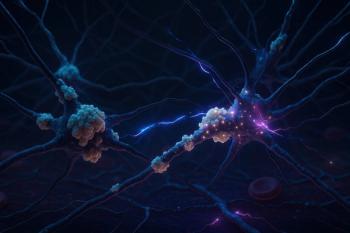
In Poor Taste: A Case Report
A conference poster shared an unusual case of hallucinations.
CONFERENCE REPORTER
Investigators from
The case involved a 62-year-old woman whose symptoms developed after exposure to a solvent. She reported to the emergency department with
Upon evaluation in the emergency department, the patient’s blood pressure was 189/90 and pulse was 100. The patient displayed sad mood with congruent affect; she was hyperverbal, loud, circumstantial, and irritable with pressured speech. She appeared disheveled with racing thoughts. Neuropsychiatric testing was performed with some abnormal results. The Go-No-Go Test resulted in abnormal score of 2/6, and she scored 17 (abnormal) on the Center for Neurological Studies Lability Scale. Results of the Clock Drawing Test were normal with a score of 4.
Gustatory and olfaction testing were also completed. The Alcohol Sniff Test and Odor Discrimination/Memory Test was indicative of hyposmia, while the Retronasal Smell Index showed signs of anosmia. Waterless Empirical Taste Test and Propylthiouracil Disc showed scores were considered normogeusia.
The researchers explained that perceived delusional hyperosmia and hypergeusia may be endogenous or exogenous (ie, medically or environmentally induced). “This may represent a variant of the two-factor hypothesis of delusions whereby a distorted sensory perception is then misrepresented in a delusion,” they concluded.
Although delusional and subjective hyperosmia have received increased attention as a result of the
Reference
1. Kalita S, Birwatkar D, Sundar A, Hirsch AR. Too sweet to eat: delusional hypergeusia. Poster presented at: 2022 NEI Congress. November 2022; Colorado.
Newsletter
Receive trusted psychiatric news, expert analysis, and clinical insights — subscribe today to support your practice and your patients.














